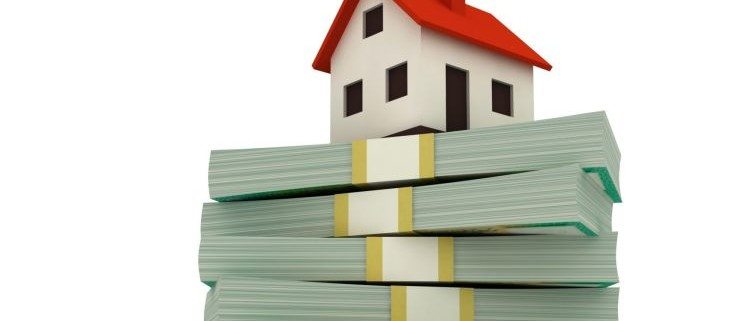Negative and positive gearing
Profit or loss
Many people borrow to invest, this is called ‘gearing’. The more you borrow, the more you will pay in interest. If you have borrowed to invest and you’re making a profit, you are positively geared. If you’re making a loss, you are negatively geared. Either way, gearing is still costing you money.
What is negative gearing?
Negative gearing is where you borrow money to invest and the income from the investment is less than the expenses. This is common for property investments, for example, where rental income is less than interest and other expenses. Essentially this means you are making a loss.
If you borrow money to invest in shares your investment will be negatively geared if the dividends from the shares are less than the interest on the loan.
You may be prepared to accept a loss if you expect to be able to offset your losses with a capital gain in the future when the value of the investment increases. An investment loss will reduce your taxable income which will reduce the amount of tax you pay.
Keep in mind that if you are making a loss your investment is costing you money. You will need another source of income to fund the extra expenses.
What is positive gearing?
Positive gearing is where you borrow money to invest and the income from your investment is higher than your interest and other expenses. This means you will have extra money in your budget but you will have to pay tax on the additional net income.
Positively geared investments provide ongoing income and a capital gain if it has increased in value when you sell the investment.
Positive vs. negative gearing
Many investors focus on the tax benefits of negative gearing without considering the loss in after tax income. The following example shows the difference between buying an investment property that is negatively geared and buying a property that is positively geared.
Example: Comparing negatively and positively geared properties
Rod and Karen are brother and sister and both earn around $70,000 per year. They are both thinking about buying an investment property worth $400,000. Interest on an investment loan will be 6% pa, payable on an interest-only basis. Additional property expenses are estimated at $5,000 per year. Rental income is expected to be $500 a week.
Rod will need to borrow the $400,000 needed to buy his investment apartment as he has no savings. Interest on the loan is $2,000 per month, which is tax deductible.
Karen has some money saved so she only needs to borrow $100,000 for a similar apartment. Karen’s interest payment is $500 a month, which is also tax deductible.
| Rod and Karen’s income
before buying an investment property |
Rod’s negatively geared
investment property |
Karen’s positively geared
investment property |
|
| Salary | $70,000 | $70,000 | $70,000 |
| Plus rental income | – | $26,000 | $26,000 |
| Less interest | – | -$24,000 | -$6,000 |
| Less property expenses | – | -$5,000 | -$5,000 |
| Taxable income | $70,000 | $67,000 | $85,000 |
| Tax + Medicare levy | -$15,697 | -$14,662 | -$21,097 |
| NET INCOME | $54,303 | $52,338 | $63,903 |
Assumptions:
- Example reflects the interest payable in the first year. Over time this will decrease but so will the tax benefits
- It does not take into account inflation, increases in rental income or changes to interest rates or income tax rates over time
- Capital growth is not taken into account as it does not affect income calculations. The same capital gain would be applicable under either scenario
Karen is positively geared so her income is considerably higher than Rod’s. If Karen had left her money in a savings account earning 5% interest, her after tax income would be the same, however a savings account has no potential for capital gain.
Rod actually has less money in his pocket as most of his rental income is being paid to the Bank in interest so he has to cover some of his investment expenses from employment income. He will be hoping a future capital gain will recoup his short-term income losses.
Negative gearing a is a popular tax minimisation strategy, but remember, you only reduce your tax if you reduce your income. If you are borrowing to invest, choosing a positively geared investment will increase your income and increase your overall return on investment.
If you haven’t already, click here to download our FREE E-Book on “Investors” or email us instead and we’ll send it to you within 24 hours.




Leave a Reply
Want to join the discussion?Feel free to contribute!